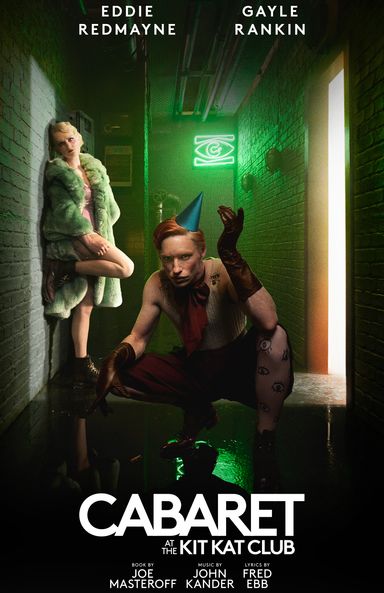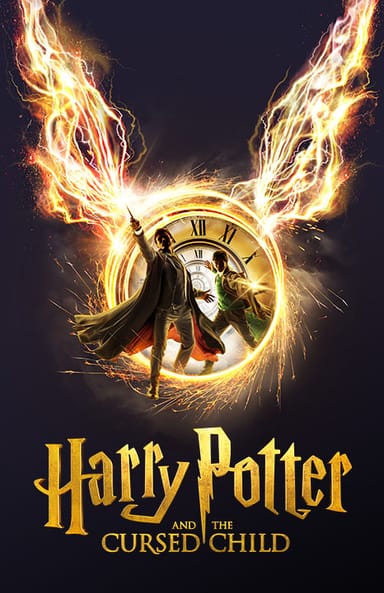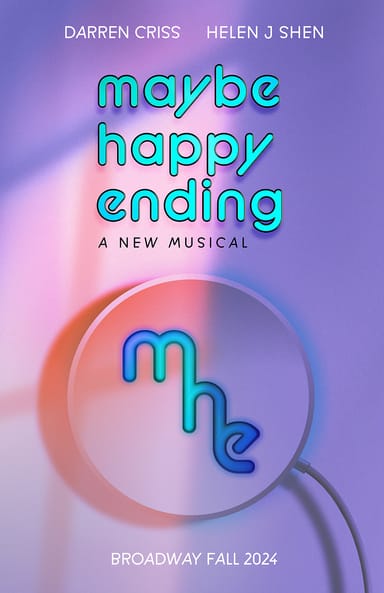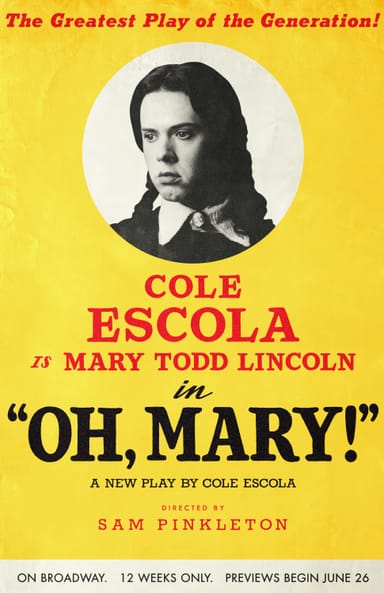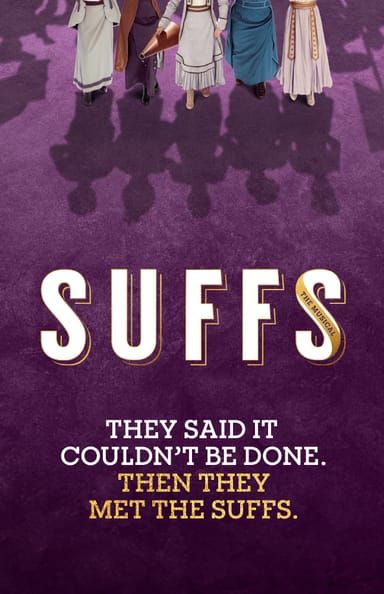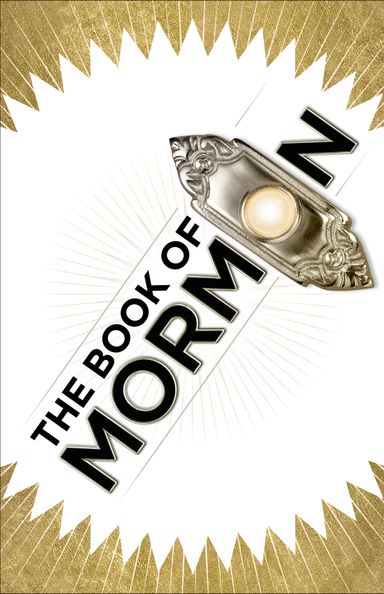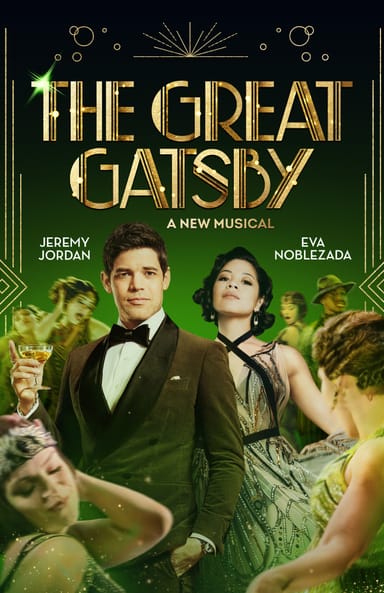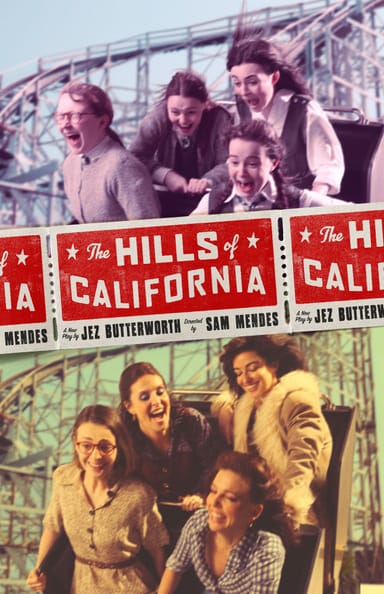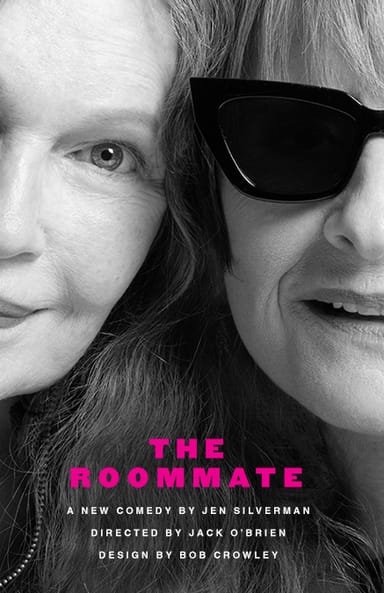The passing of Chita Rivera came with the expected tributes and eulogies befitting the loss of such a legend. It’s hard to find anyone else with seven decades in our industry whose first name instantly defines it. Chita was Broadway.
Her passing also served as a reminder of how long Latin excellence and artistry have been on Broadway stages.
People often think that our rhythms and influence are a recent fad in theater, but the truth is we’ve been here pretty much as long as Broadway has.
Thrust into the zeitgeist by white male artists such as Cole Porter and George Gershwin, theater audiences have been enjoying Latin music since the early 20th century — “beginning the beguine” and falling for Cuban Overtures since the 1930s. (Porter’s song, “Begin the Beguine” debuted on Broadway in the 1935 musical “Jubilee”; Gershwin’s symphonic overture became famous for “his” rumba sound.)
In 1947, at the first Tony Awards ceremony, the award for best actor in a play went home in Latin hands. José Ferrer’s Cyrano de Bergerac earned him his first of three Tonys. His second and third, both bestowed upon him in 1952, also made history: Ferrer became the only person to win a Tony for best director and best actor for the same play (“The Shrike”) — a record that remains unbroken.
In the ’50s, our dances saved a struggling Act 2 of “Damn Yankees,” when the devil’s temptress taught us the mambo. And over at the Winter Garden Theatre, a group of unruly sailors did the conga in a “Wonderful Town.” The end of that decade saw the rise of Chita Rivera as Anita in “West Side Story,” leading a group of Puerto Rican women in declaring “America” as their rightful home, too.






